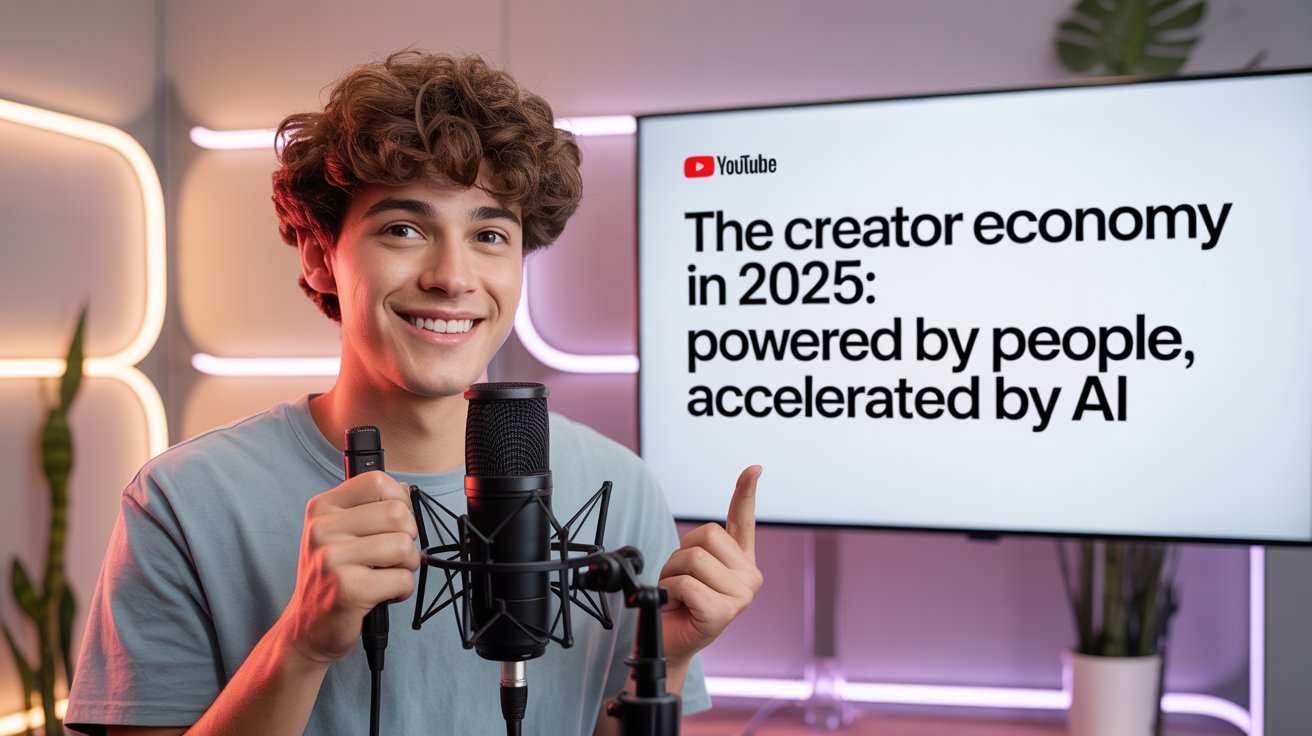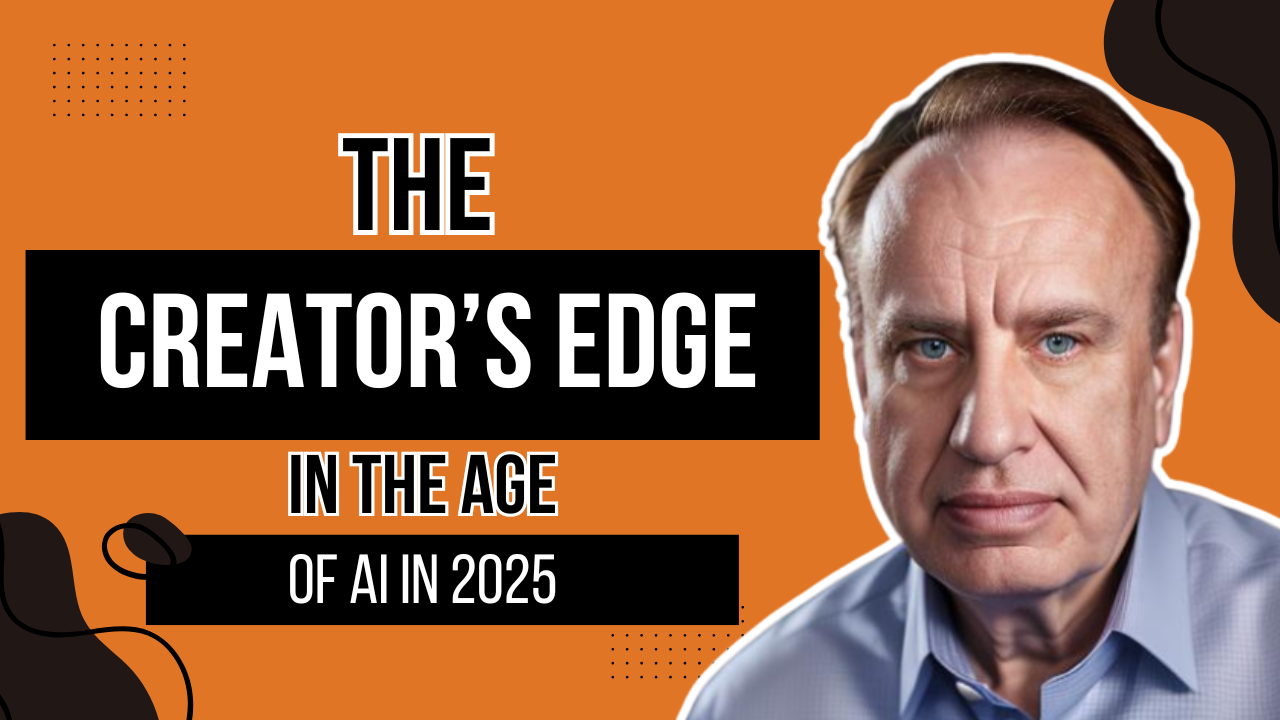This caught my attention because the “top tools” lists flooding my inbox in 2025 skew heavily toward adtech automation and away from the messy realities creators face: sameness, disclosure rules, and rising tool bills. The roundup here spans the usual suspects (ChatGPT, Canva, Notion) and newer workflow-fixers (OpusClip, Tagshop, Crayo). The question isn’t whether these tools are powerful – they are – it’s whether they actually move the needle for creators without turning your channel into a synthetic content farm.
AI + Creator Economy in 2025: What these 15 tools really change – and what they don’t
- AI is finally a workflow, not a gimmick: clipping, script drafts, and thumbnail/design rounds are where creators win back hours.
- Synthetic realism creates new responsibilities: disclosure, consent for voice/likeness, and brand-safety guardrails now matter as much as creativity.
- Tool overlap is brutal: pick one in each slot (ideation, design, video, voice, SEO) to avoid paying four times for the same feature.
- Differentiation is the moat: if your outputs read like everyone else’s, algorithms — and audiences — won’t care.
{{INFO_TABLE_START}}
Publisher|{publisher}
Release Date|{release_date}
Category|{category}
Platform|{platform}
{{INFO_TABLE_END}}
Let’s talk stack. For text, Jasper, Writesonic, Copy.ai and ChatGPT all promise speed. The real differentiator isn’t the model; it’s your brand voice system and your editing discipline. Jasper’s guardrails around voice and campaign structure help teams, while ChatGPT remains the flexible Swiss Army knife for solo creators who know how to prompt and iterate. But if your “AI voice” sounds like a LinkedIn carousel, expect scrolls.
On visuals, Canva’s Magic Studio and PhotoRoom are doing the unglamorous work creators actually need: resize, batch background removal, quick composites, and brand kits that keep output consistent across platforms. This is where most channels quietly pick up 10-20% throughput. The danger is the Canva look — recognizable templates can sand off your identity. Invest an hour in custom styles and lock your fonts/colors or risk blending into the feed wallpaper.
Video is where the gap widens. OpusClip and Crayo tackle the “turn long into short” problem smartly with highlight detection, auto-captions, and format exports for Shorts/Reels/TikTok. That’s real leverage if you publish weekly long-form. Synthesia sits on the other end: scripted, avatar-driven videos at scale. It’s brilliant for tutorials, training, and localized explainers; it’s dicey for creator channels where personality is the product. If your value prop is “my face and vibes,” an avatar won’t save you — it might cost you.

Voice is having its moment. ElevenLabs lets you produce clean voiceovers and multilingual dubs that previously required a booth and a budget. Use it ethically: get consent if you’re cloning any voice, and disclose when content is synthetic. Platforms are tightening rules: YouTube and TikTok already flag realistic AI media, and more automatic labeling via Content Credentials/C2PA is spreading in 2025. Cutting corners here is a reputational time bomb — and potentially a policy strike.
Then there’s the commerce side. Tagshop and Billo represent two diverging paths: AI-generated UGC-style ads versus buying made-to-order UGC from humans. The performance crowd loves the speed of AI ad variants and bulk A/B testing. But beware uncanny-valley avatars and ad account flags if your creative looks “too synthetic.” Human UGC still outperforms in trust-heavy categories; consider hybrid flows where AI drafts concepts and hooks, then human creators bring texture and social proof.

SEO and ops aren’t sexy, but they pay dividends. Surfer SEO keeps your long-form aligned with search intent, while Notion AI quietly becomes the command center: editorial calendars, briefs, and collaboration. If you write for Google, remember: optimization is a ceiling, not the floor. Over-optimized, AI-forward articles are increasingly easy for both readers and algorithms to spot. Bring original data, experiments, or POV, or you’re just decorating the SERP.
A quick reality check on costs. Most of these tools started cheap; 2025 pricing curves now nudge you into Pro tiers for features you’ll actually need (brand kits, longer exports, commercial rights). Also watch token/usage overages and “seat” creep as your team grows. Standardize on one tool per category, document your workflows, and audit quarterly — it’s shockingly easy to pay for duplicates.

What this means for creators and teams
- Build a lean stack: Pick 5 pillars — ideation (ChatGPT/Jasper), design (Canva/PhotoRoom), video repurposing (OpusClip/Crayo), voice (ElevenLabs), SEO/ops (Surfer/Notion).
- Codify your brand voice: Examples, taboo phrases, and style notes inside your AI prompts beat any “brand mode” toggle.
- Disclose and get consent: Label synthetic media when it’s realistic; get written consent for voice/likeness; add clauses to brand deals.
- Measure for real: Track RPM/CPA/retention deltas, not just “posts shipped.” If AI didn’t improve watch time or conversion, it’s noise.
- Ship human moments: Behind-the-scenes, live sessions, and unscripted bits counterbalance the polish AI brings.
The bigger lens: 2024-2025 is the normalization phase. AI is no longer the content — it’s the infrastructure behind it. The winners use these tools to remove friction while doubling down on taste, trust, and POV. The losers chase scale for its own sake and end up indistinguishable from their competitors’ feeds.
TL;DR
These 15 tools are legit accelerators, but only if you apply them with taste and rules. Lock a lean stack, protect your voice and rights, disclose synthetic where required, and spend the time you saved on the one thing AI can’t fake: your perspective.
Leave a Reply